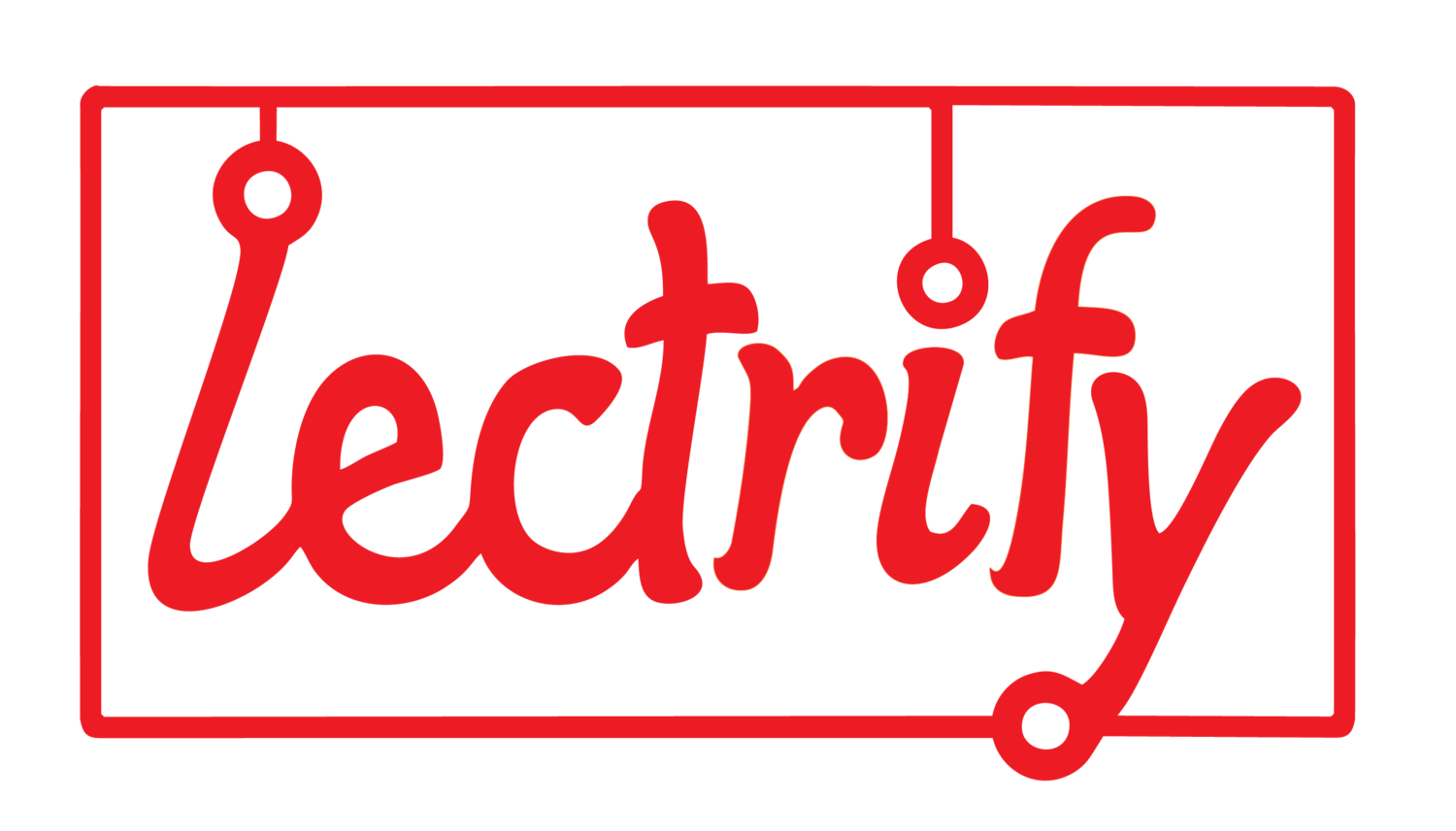There are two primary ways to connect 3d printed components for the bit:booster. The first way is to use the exposed edge to rest or press-fit a component along the edge. The bit:booster dimensions are 80mm X 72mm X 2mm. In tinkercad The easiest way to start is to build “legs” to stand up the bit:booster.
Files posted on Thingiverse
Tinkercad files available here https://www.tinkercad.com/things/hN2YOAsHZdP
This is an example of feet that can stand up the bit:booster. The tinkercad file link is here https://www.tinkercad.com/things/6BcFgQnYXHK
Another way to connect to the board is through the holes along the side. The holes are spaced to snap easily onto Lego and as such, are 4.9mm (5mm is usually OK in Tinkercad) posts 8mm on center apart. The 4 toe feet pictured below are an example of this. Sample files for the feet and servo bracket are available on TinkerCad (Feet: https://www.tinkercad.com/things/gB5gr97fhPs Servo Bracket: https://www.tinkercad.com/things/567lvs3b8WD






